Home>Furniture & Design>Bathroom Accessories>Why Is My Bathtub Not Draining Water
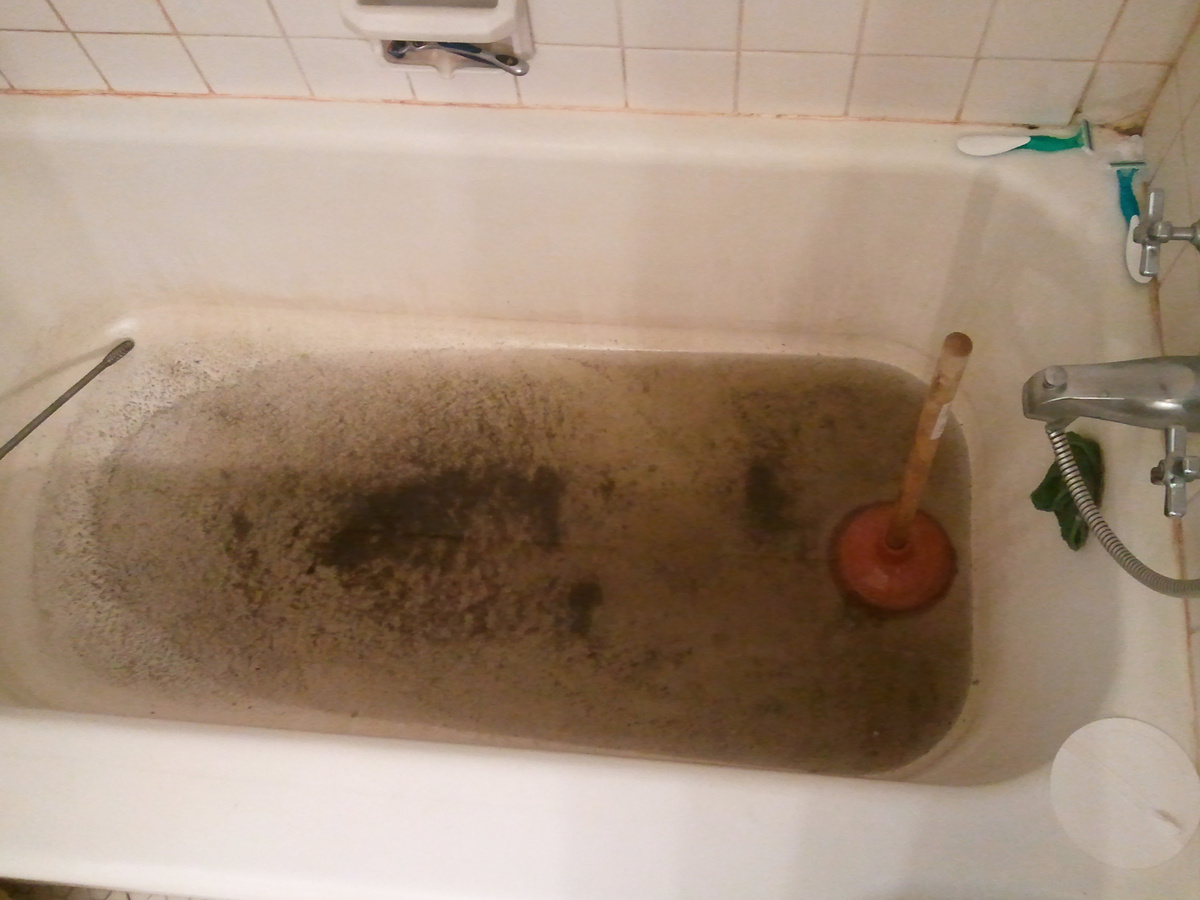

Bathroom Accessories
Why Is My Bathtub Not Draining Water
Modified: March 2, 2024
Discover common reasons why your bathtub may not be draining water and find the right bathroom accessories to fix the issue. Explore solutions now!
(Many of the links in this article redirect to a specific reviewed product. Your purchase of these products through affiliate links helps to generate commission for Storables.com, at no extra cost. Learn more)
Common Causes of Bathtub Drainage Issues
A clogged bathtub drain can be a frustrating and inconvenient problem to deal with. Understanding the common causes of bathtub drainage issues can help you identify and address the issue effectively. Here are some of the most prevalent reasons why your bathtub may not be draining properly:
-
Hair Buildup: One of the primary culprits behind bathtub drainage issues is hair accumulation. Over time, hair can get trapped in the drain, combining with soap scum and other debris to form a stubborn clog that restricts water flow.
-
Soap Residue: Soap and body wash products often contain fats and other substances that can solidify and adhere to the walls of the drain pipes. This can lead to the accumulation of soap scum, which contributes to drainage problems.
-
Foreign Objects: Accidentally dropping items such as jewelry, small toys, or even shampoo bottle caps down the drain can obstruct the flow of water and cause blockages.
-
Mineral Deposits: Hard water can cause mineral deposits to accumulate in the pipes, leading to reduced water flow and potential blockages over time.
-
Old Pipes: In older homes, the bathtub drainage system may have deteriorated pipes that are prone to corrosion, rust, and damage, which can impede water flow.
-
Tree Root Intrusion: In some cases, tree roots can infiltrate the underground drainage pipes, causing blockages and hindering the proper drainage of water from the bathtub.
Understanding these common causes of bathtub drainage issues can help you take proactive measures to prevent clogs and maintain optimal water flow in your bathtub. By being aware of these potential issues, you can implement preventive measures and address any existing problems in a timely manner, ensuring that your bathtub drains efficiently and effectively.
Key Takeaways:
- Don’t let hair, soap residue, or foreign objects clog your bathtub drain! Regular DIY maintenance and professional help when needed can keep your drainage system flowing smoothly.
- If your bathtub drain is slow or smelly, it may need professional attention. Plumbers can tackle persistent clogs, complex obstructions, and structural damage to keep your drainage system in top shape.
Read more: Why Is My Bathtub Drain So Loud
Identifying the Source of the Problem
When faced with a bathtub drainage issue, it's crucial to accurately identify the source of the problem before attempting any remedial measures. Understanding the underlying cause of the drainage issue can significantly impact the effectiveness of the solutions applied. Here are essential steps to help pinpoint the source of the problem:
1. Observation and Assessment
Begin by observing the behavior of the bathtub drain. Note whether the water drains slowly, fails to drain at all, or exhibits gurgling sounds during drainage. This initial observation can provide valuable insights into the nature of the problem.
2. Remove the Drain Cover
Carefully remove the drain cover to visually inspect the opening. Look for any visible blockages such as hair, soap residue, or foreign objects that may be impeding the flow of water. Additionally, check for any signs of corrosion or damage to the drain components.
3. Testing Water Flow
Run water into the bathtub and observe how it drains. If the water drains slowly, it could indicate a partial blockage. However, if the water fails to drain at all, there may be a more severe obstruction within the drainage system.
Read more: Why Is Water Backing Up Into My Bathtub
4. Smell and Sound
Pay attention to any unusual odors emanating from the drain. Foul smells can be indicative of organic matter or debris trapped within the pipes. Additionally, listen for gurgling or bubbling sounds, as these can signal air pockets or blockages within the drainage system.
5. Check Other Drains
Assess the drainage performance of other fixtures in the bathroom, such as the sink and toilet. If multiple fixtures are experiencing drainage issues, it may point to a more extensive problem within the plumbing system.
6. Professional Inspection
If the cause of the drainage issue remains unclear or if the problem persists despite DIY efforts, it may be necessary to seek the expertise of a professional plumber. A skilled plumber can conduct a thorough inspection using specialized tools and techniques to pinpoint the exact source of the problem.
By diligently following these steps, you can gain a clearer understanding of the underlying factors contributing to the bathtub drainage issue. This informed approach will enable you to proceed with targeted solutions, whether through DIY methods or with the assistance of a qualified plumber, ultimately restoring optimal drainage functionality to your bathtub.
DIY Solutions for Clearing a Clogged Bathtub Drain
Dealing with a clogged bathtub drain can be a common household challenge, but with the right approach, it's often possible to resolve the issue using DIY solutions. Here are several effective methods for clearing a clogged bathtub drain:
Read more: How To Get My Bathtub To Drain
1. Manual Removal of Debris
Start by manually removing visible debris from the drain. Using a pair of gloves, carefully reach into the drain opening to extract any hair, soap residue, or foreign objects that may be obstructing the flow of water. A pair of needle-nose pliers or a drain claw tool can be helpful for grasping and pulling out stubborn clogs.
2. Boiling Water
Boiling water can be a simple yet effective remedy for minor clogs. Carefully pour boiling water directly into the drain to help dissolve and dislodge accumulated soap scum and organic matter. This method can often restore proper water flow by breaking down the obstruction.
3. Baking Soda and Vinegar
Create a natural and non-toxic drain cleaning solution by combining baking soda and vinegar. Start by pouring half a cup of baking soda into the drain, followed by a mixture of one cup of vinegar and one cup of hot water. The resulting chemical reaction can help dislodge debris and eliminate foul odors, serving as an eco-friendly alternative to harsh chemical drain cleaners.
4. Plunger
Using a plunger designed specifically for drains, create a tight seal around the drain opening and perform several vigorous plunging motions to dislodge the clog. The suction and pressure generated by the plunger can effectively break up and remove obstructions, allowing water to flow freely once again.
Read more: Why Is Bathtub Water Blue
5. Drain Snake or Auger
For more stubborn clogs, a drain snake or auger can be employed to physically break through and extract the blockage. Insert the snake into the drain and rotate it to navigate through the pipes, dislodging and capturing the clog for removal. This method is particularly effective for addressing deep-seated or persistent obstructions.
6. DIY Drain Cleaning Products
Consider using DIY drain cleaning products, such as enzymatic cleaners or homemade mixtures of salt, baking soda, and cream of tartar. These natural alternatives can help break down organic matter and maintain the cleanliness of the drain pipes without resorting to harsh chemical agents.
By implementing these DIY solutions, you can often effectively clear a clogged bathtub drain and restore proper water drainage without the need for professional intervention. However, it's important to exercise caution and avoid using multiple methods simultaneously, as this can lead to complications or exacerbate the issue. If the clog persists despite DIY efforts, seeking the expertise of a professional plumber may be necessary to address more complex or severe drainage problems.
When to Call a Professional Plumber
While DIY methods can often effectively address minor bathtub drainage issues, there are certain scenarios in which the expertise of a professional plumber becomes essential. Recognizing the signs that warrant professional intervention can prevent potential complications and ensure the timely resolution of more complex drainage problems.
Persistent or Recurring Clogs
If you find yourself repeatedly dealing with clogged bathtub drains despite employing DIY remedies, it may indicate an underlying issue that requires professional attention. Persistent or recurring clogs can be indicative of a more extensive obstruction within the plumbing system, such as a deep-seated blockage or a structural defect in the pipes. A professional plumber can conduct a thorough assessment to identify the root cause of the recurring clogs and implement targeted solutions to address the underlying issue.
Read more: How To Unclog A Bathtub Drain Full Of Water
Slow or Ineffective Drainage
When the bathtub drains slowly or fails to drain at all, despite attempts to clear the clog using DIY methods, it signals a potential obstruction that may be located deep within the drainage system. Professional plumbers possess the expertise and specialized equipment to perform comprehensive inspections and utilize advanced techniques, such as hydro-jetting or camera inspection, to identify and resolve complex drainage obstructions effectively.
Foul Odors or Gurgling Sounds
Unpleasant odors emanating from the bathtub drain or gurgling sounds during drainage can indicate the presence of organic matter, debris, or even sewer line issues within the plumbing system. These symptoms often point to more intricate problems that necessitate professional assessment and intervention. A skilled plumber can diagnose the source of the odors or sounds and implement appropriate measures to restore optimal drainage functionality while addressing any underlying issues that may be contributing to the unpleasant symptoms.
Structural Damage or Corrosion
Visible signs of structural damage, corrosion, or leaks in the bathtub drainage system require immediate attention from a professional plumber. These issues can compromise the integrity of the plumbing infrastructure and lead to more severe water damage if left unaddressed. A qualified plumber can assess the extent of the damage, recommend necessary repairs or replacements, and ensure the proper restoration of the drainage system to prevent further deterioration.
Professional Maintenance and Inspection
Engaging the services of a professional plumber for routine maintenance and inspection of the bathtub drainage system is essential for preventing potential issues and ensuring the long-term functionality of the plumbing infrastructure. Regular professional maintenance can help identify and address minor concerns before they escalate into significant problems, ultimately prolonging the lifespan of the drainage system and promoting efficient water flow.
In summary, recognizing the indications that warrant the expertise of a professional plumber is crucial for addressing complex or persistent bathtub drainage issues effectively. By seeking professional assistance when necessary, homeowners can ensure the optimal functionality and longevity of their bathtub drainage systems while mitigating the risk of extensive damage or recurring problems.
Frequently Asked Questions about Why Is My Bathtub Not Draining Water
Was this page helpful?
At Storables.com, we guarantee accurate and reliable information. Our content, validated by Expert Board Contributors, is crafted following stringent Editorial Policies. We're committed to providing you with well-researched, expert-backed insights for all your informational needs.
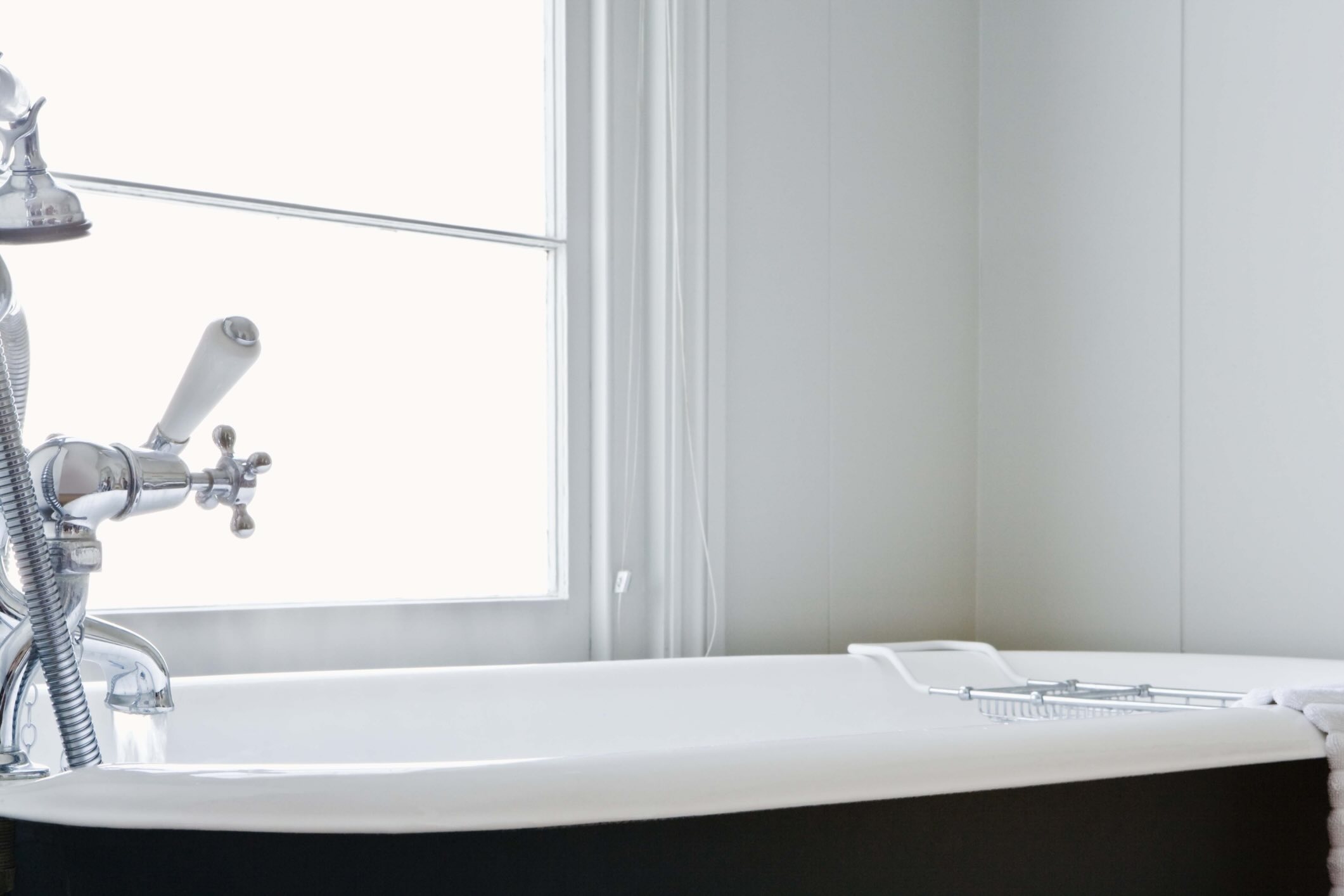
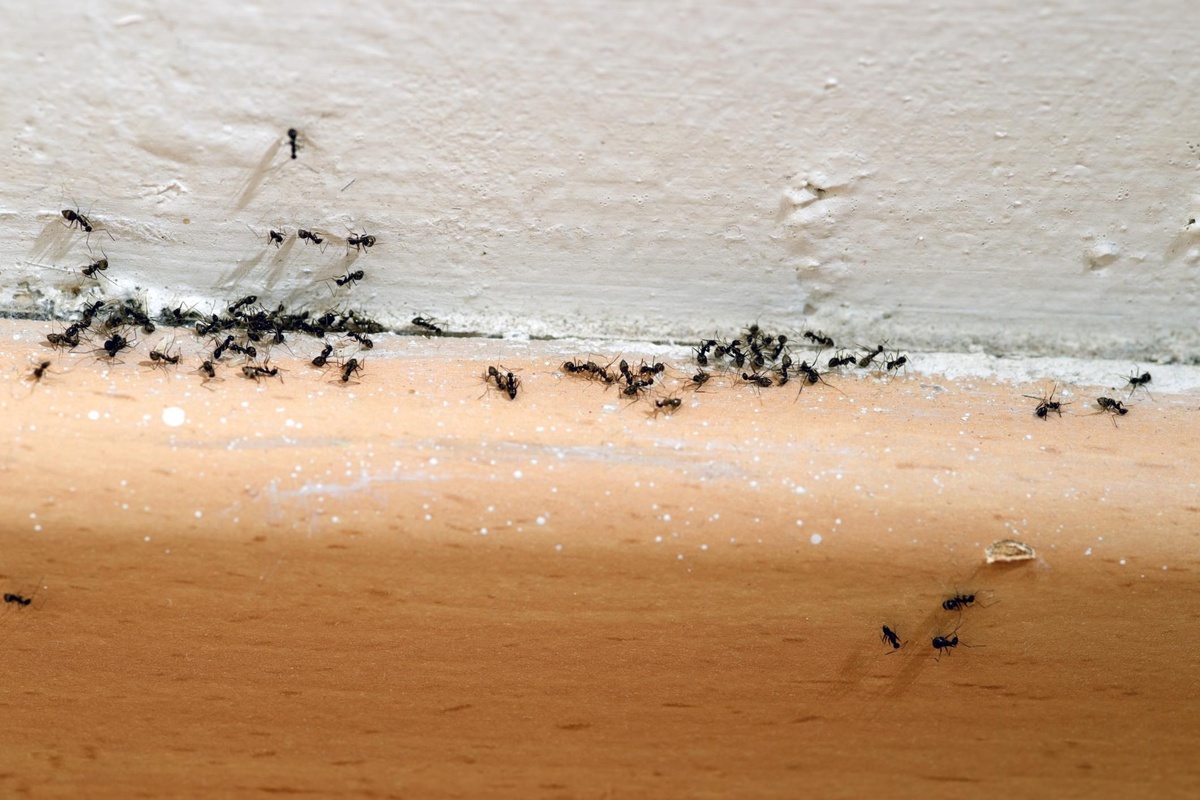
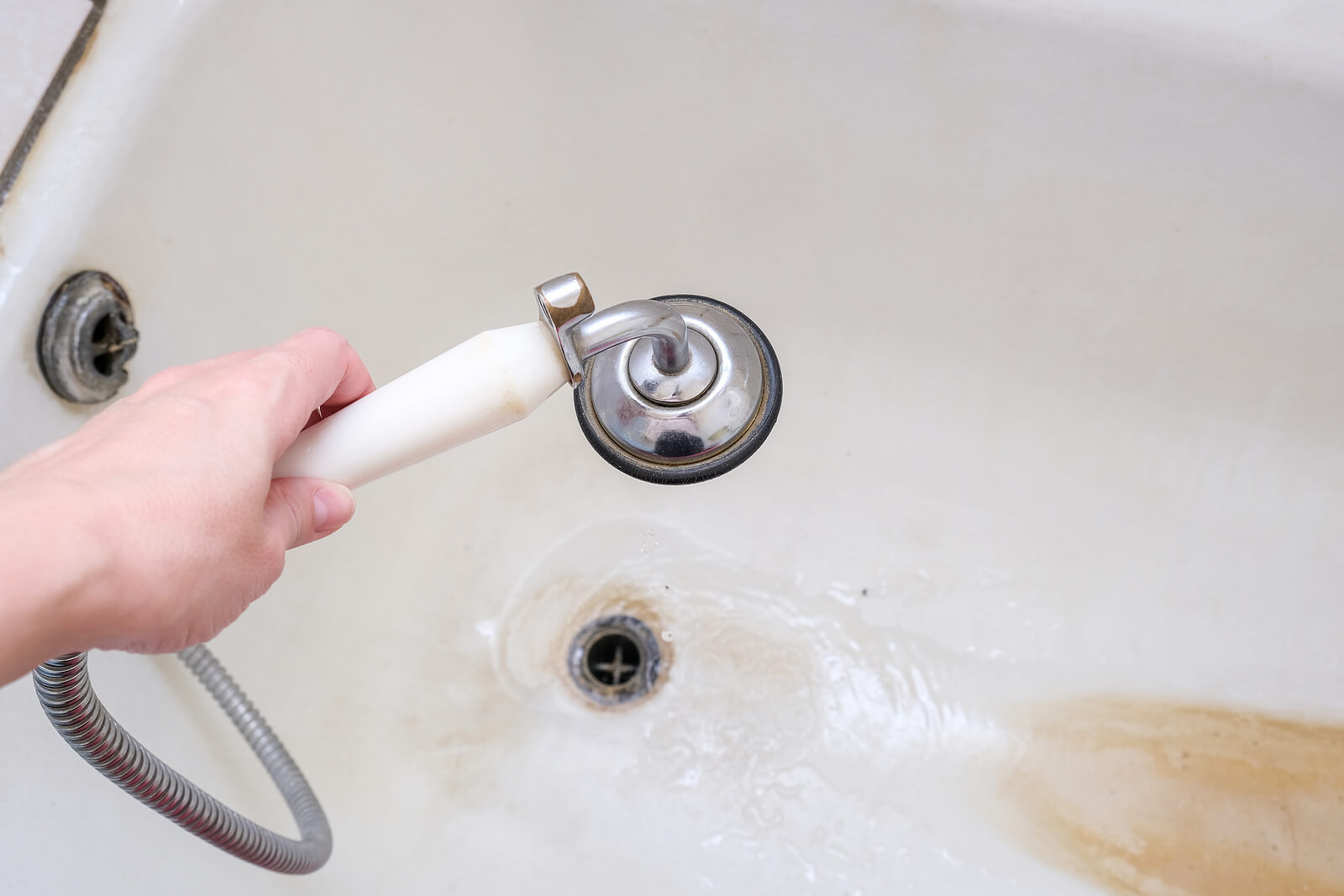
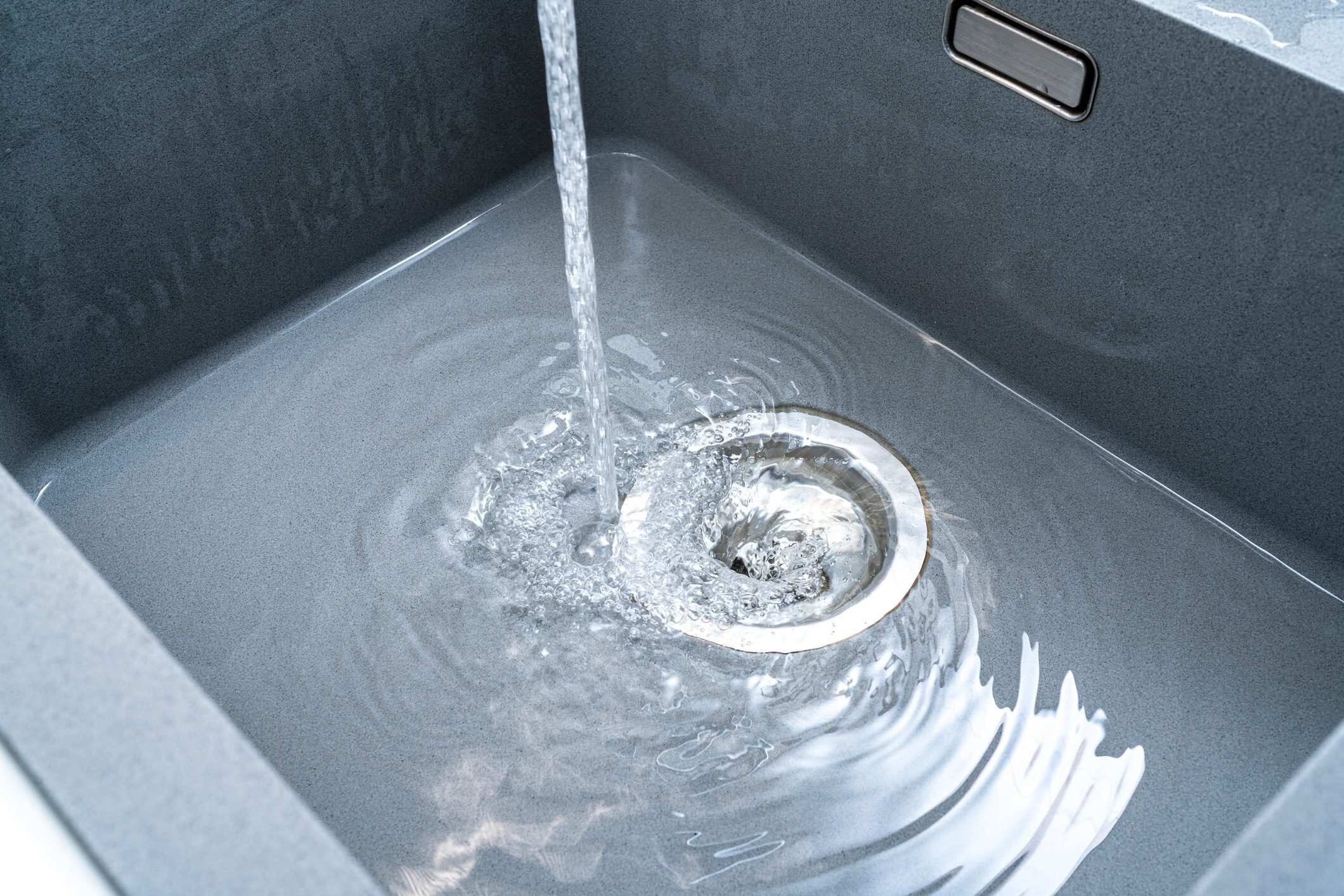
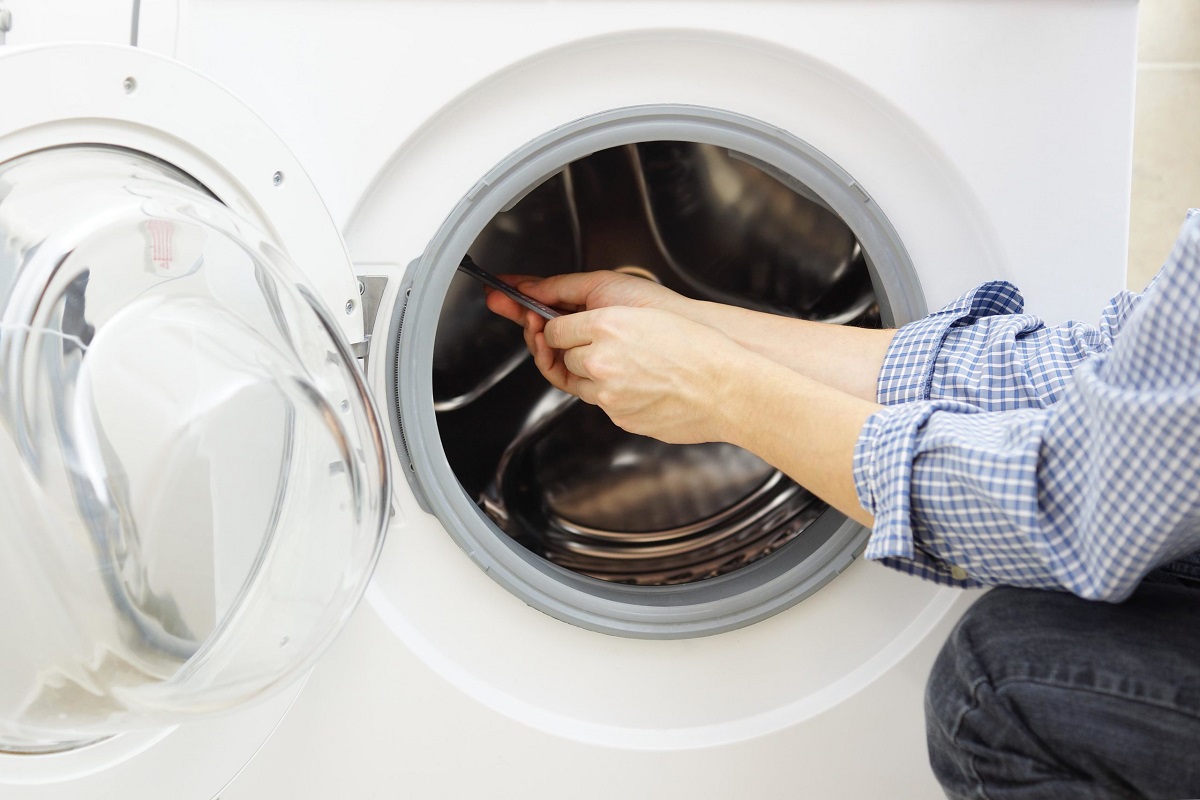
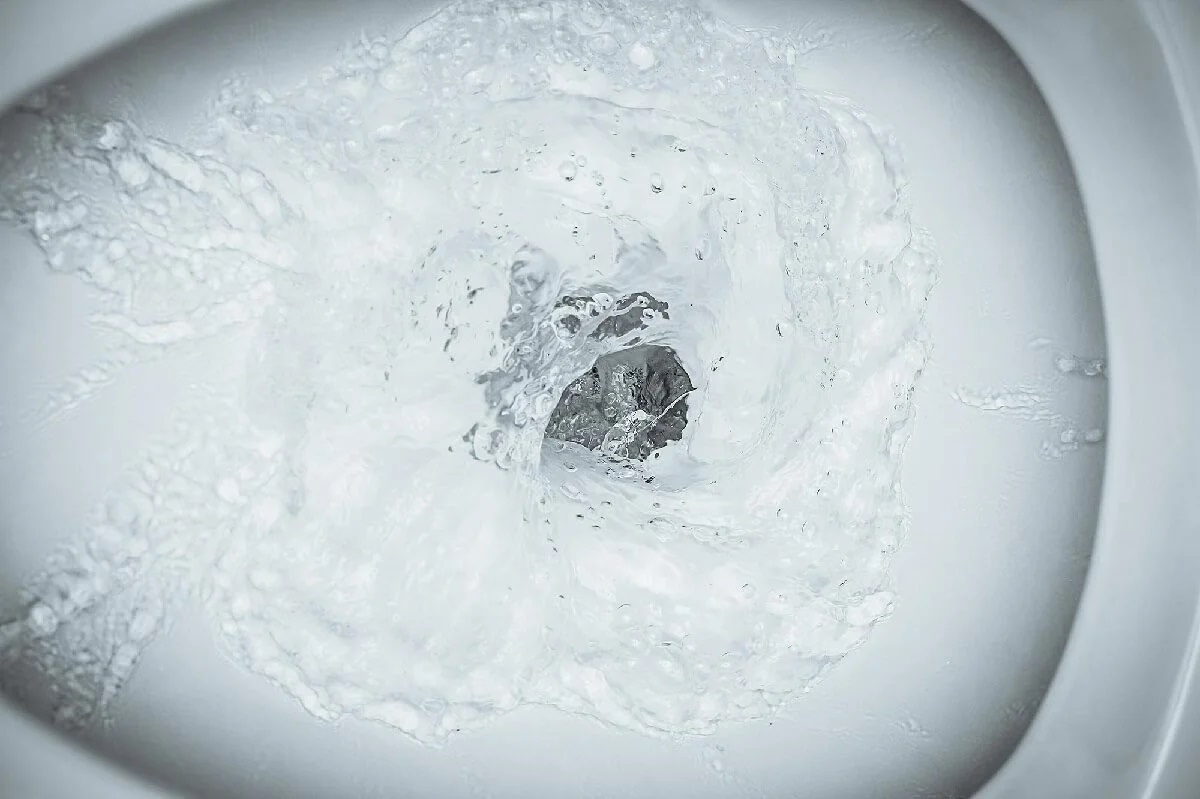
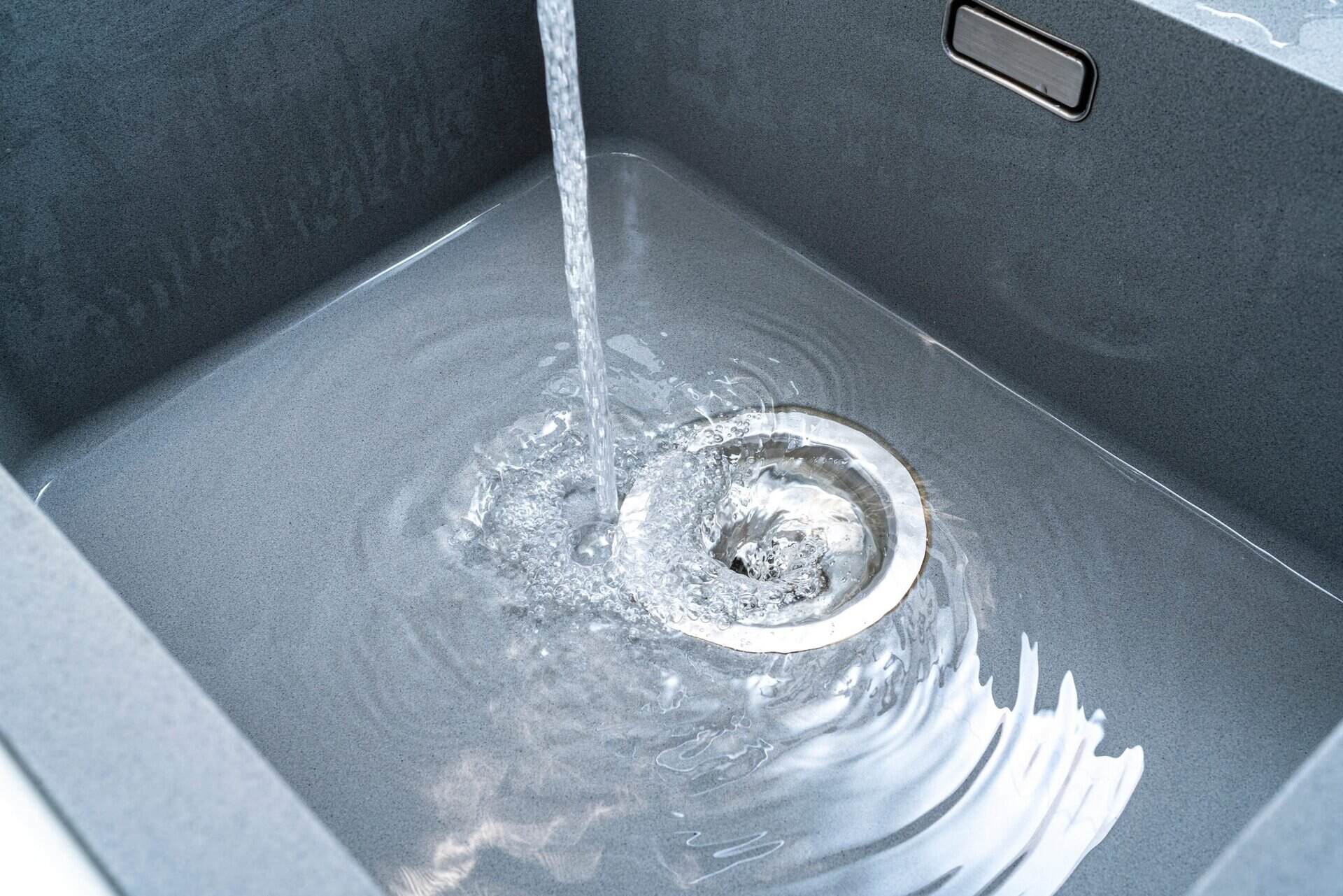
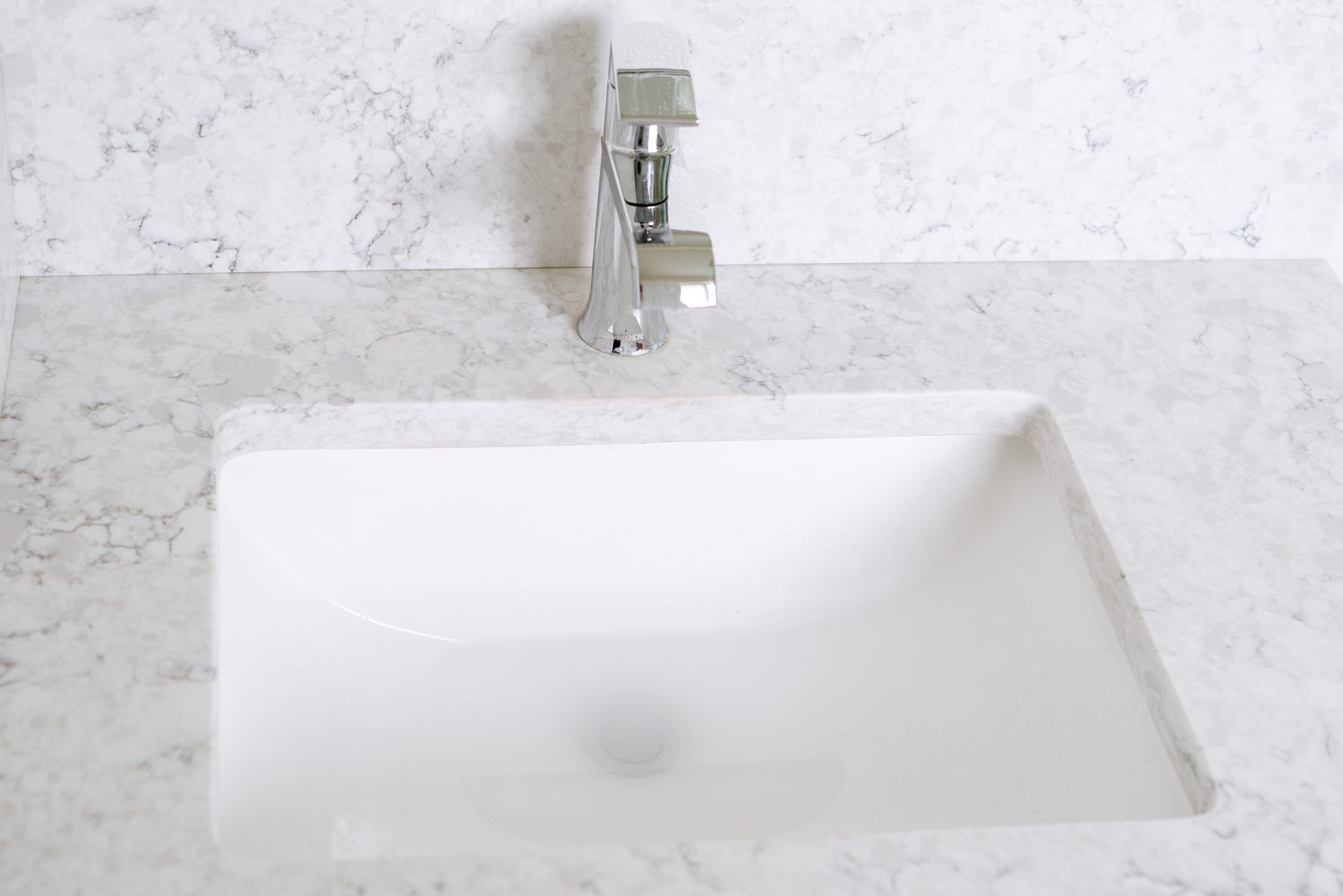
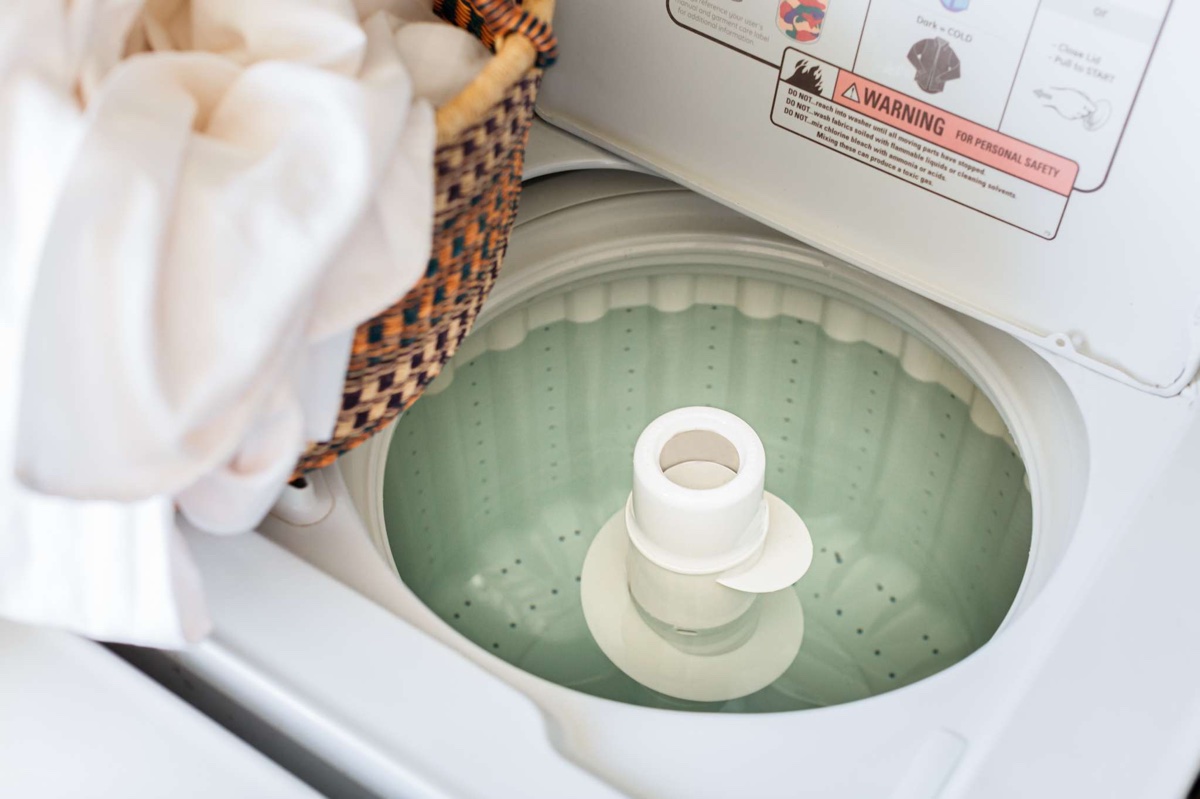
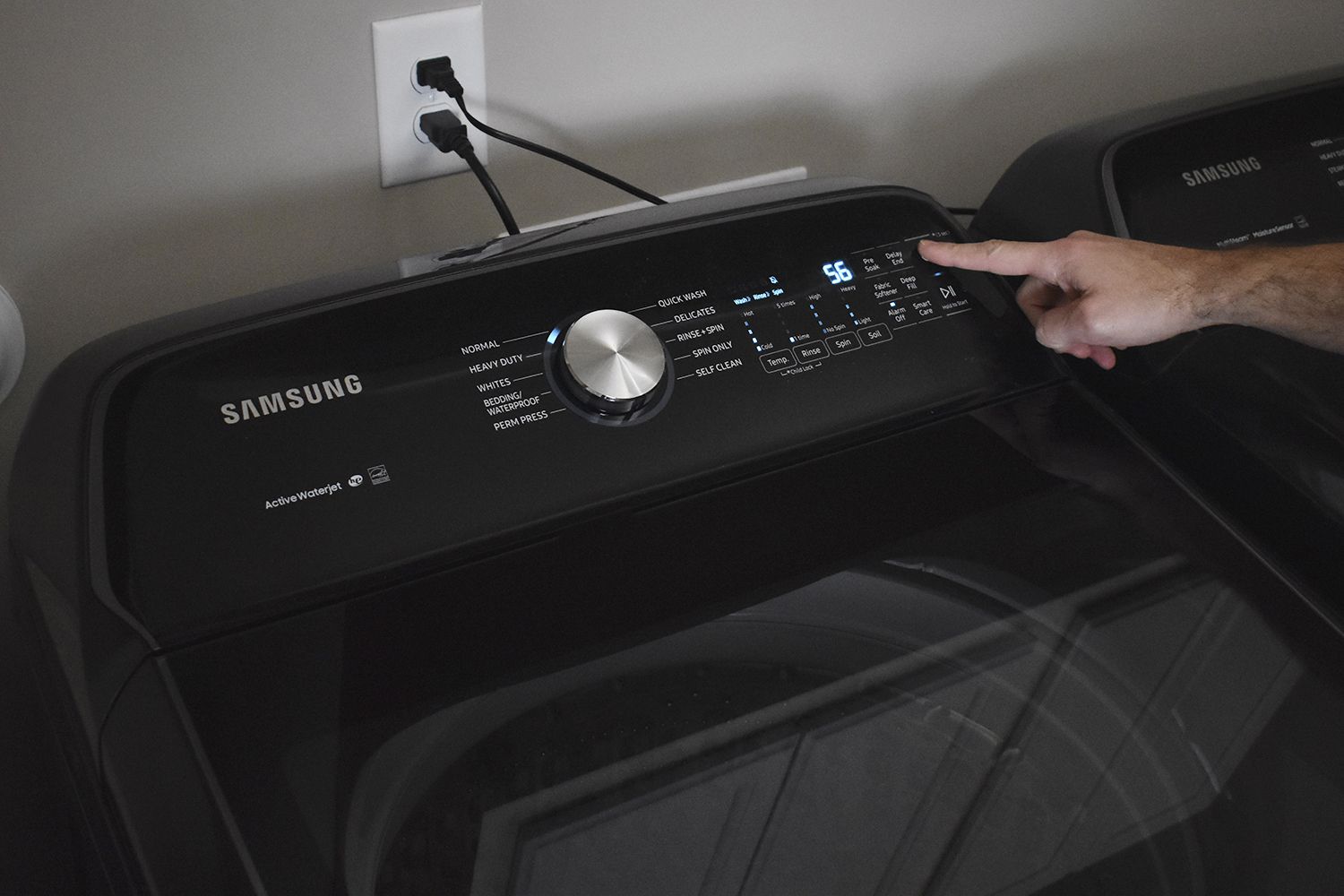
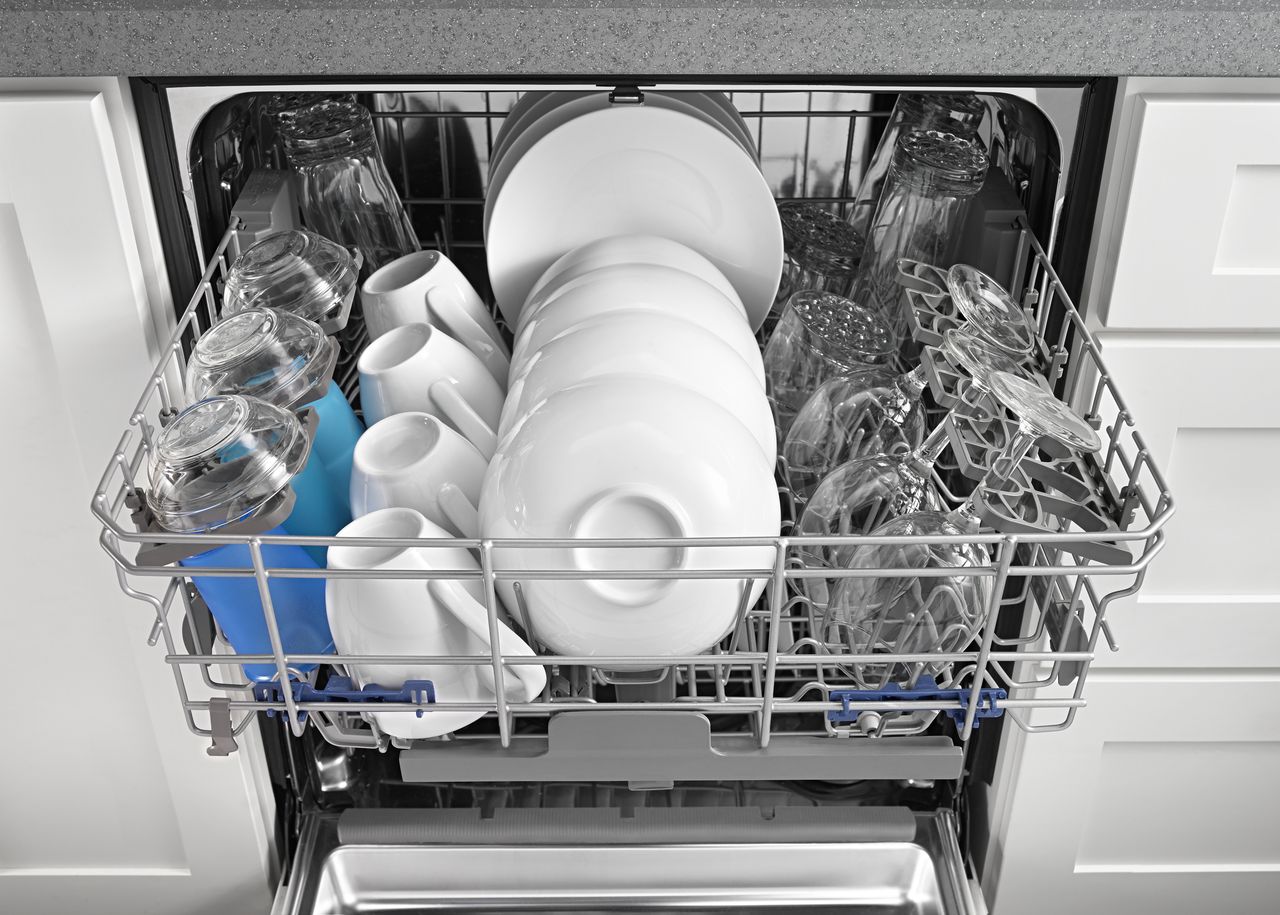

0 thoughts on “Why Is My Bathtub Not Draining Water”